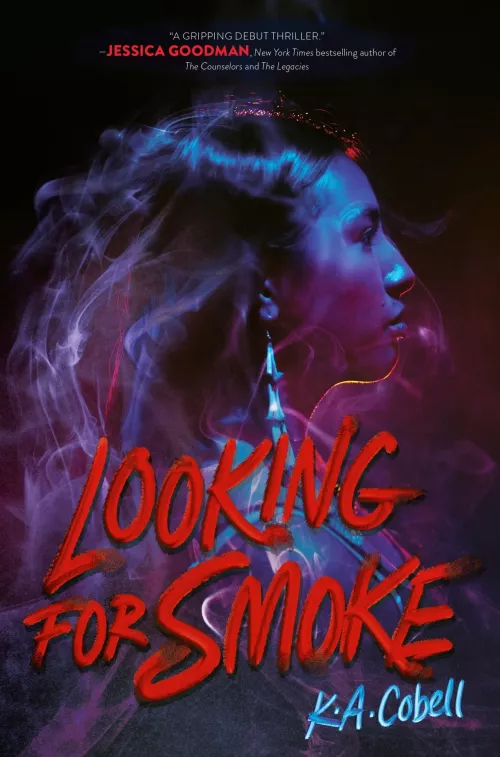Share this book
In her author’s note, K.A. Cobell shares why it was so important to her to use her story to help raise awareness for Missing and Murdered Indigenous Women. Before and after reading Looking for Smoke, students can learn more about the Missing and Murdered Indigenous Women crisis.
Ask students why they think Native women are so likely to become victims of violence. Have them use the resources below and in the author’s Teacher’s Guide to research and gain a fuller understanding of the Missing and Murdered Indigenous Women crisis with the purpose of sharing the information with others. Ask students to take what they’ve learned and work together in small groups to come up with respectful and culturally appropriate ways of bringing the crisis to the attention of their community, lawmakers, and others. Have them consider posters, bulletin boards, flyers, social media posts, letters, or other creative avenues for their work.
Questions for Discussion or Reflective Writing
- How did the narration coming from alternating points of view contribute to your understanding of the text? Why do you think the author chose to tell this story from multiple points of view? What would be lost if it was told only from one character’s perspective?
- Why does Mara’s move to the Blackfeet reservation bring self-doubt? Besides being new to the community, why does she feel like an outsider? When in your life have you felt like an outsider and how did you deal with it?
- Of the many secrets the main characters were keeping, whose secret surprised you most? How do these secrets contribute to mistrust and confusion? In addition to their secrets, what other real-world issues and traumas are characters dealing with that you can relate to?
- How is family a theme of Looking for Smoke? How do family relationships affect the choices the main characters make? How does your family affect the choices you make?
- How does the novel portray police officers and the criminal justice system? Why would law enforcement be apathetic about Missing and Murdered Indigenous Women, particularly tribal police? Why do you think there is a lack of awareness of the Missing and Murdered Indigenous Women crisis in the United States?
Related Resources
A Teacher’s Guide to Looking for Smoke from the author’s website
Missing and Murdered Indigenous Women (MMIW) from Native Hope
Missing and Murdered Indigenous People Crisis from Indian Affairs
Is There Hope for the Missing and Murdered Indigenous Women? from The New Yorker
Bring Her Home documentary from PBS
More Titles to Try
Join Our Movement



